
A comparison between impaired scores on Digital Clock and Recall and impaired scores on Montreal Cognitive Assessment produced a 76% concordance.

Marco Meglio, Assistant Managing Editor for NeurologyLive, has been with the team since October 2019. Follow him on Twitter @marcomeglio1 or email him at [email protected]

A comparison between impaired scores on Digital Clock and Recall and impaired scores on Montreal Cognitive Assessment produced a 76% concordance.

After 4 years of treatment, more than 95% of infants on risdiplam maintained the ability to swallow, an aspect of everyday life that is commonly lost within 2 years in patients with SMA.

Over a 12-week period, the safety profile of a subcutaneous formulation of ocrelizumab was consistent with its original intravenous formulation, along with comparable MRI activity in the brain.

The AHEAD study will incorporate innovative features such as screening with biomarkers in blood, novel PET agents, sensitive cognitive outcome scales, dosing tailored to the level of amyloid in the brain, and recruitment approaches to ensure diverse representation.

While results of the study do not support the advancement of vatiquinone for the treatment of mitochondrial disease associated seizures, PTC Therapeutics continues to plan to advance the agent in Friedreich ataxia.
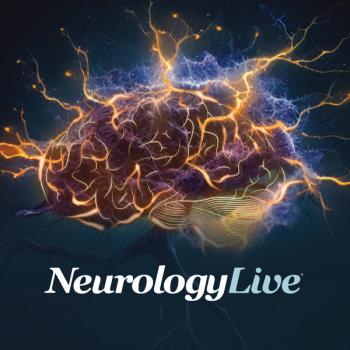
The fourth-generation deep brain stimulation system is designed to treat the symptoms of Parkinson disease and essential tremor by delivering targeted electrical stimulation via surgically-implanted leads in the brain connected to an implantable pulse generators.

The director of neurology and neuromuscular medicine at the Children’s Hospital of the King’s Daughters in Norfolk, Virginia, provided perspective on the phase 4 RESPOND study assessing nusinersen in individuals with SMA who already received gene therapy.
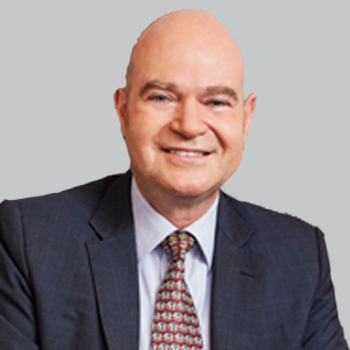
At month 2 of a 3-month treatment period, investigators observed an improvement of 2.75 days favoring tricaprilin.

Accounting for baseline disease covariates, NurOwn-treated participants had reduced neurofilament light values from baseline to week 20 compared with placebo (P <.05).

Interrater agreement between SCORE-AI and human experts was notable, with almost perfect agreement for generalized epileptiform abnormalities and substantial agreement for focal epileptiform discharges, among other findings.

Higher levels of the n-3 fatty acid eicosapentaenoic acid and the n-6 fatty acid linoleic acid were associated with a lower risk of death during follow-up.

In a cohort of patients who experienced 4-14 migraine days/month, treatment with atogepant continued to improve patients’ migraine status regardless of prior medication failures.

Building on positive 1-year data, 24-month data showed statistically significant differences in the Performance of the Upper Limb scale in treated patients in the open-label extension relative to those on placebo in the double-blind period.

On average, younger and older participants who were unable to sit without support improved from baseline on CHOP-INTEND scores over a 183-day period.

Over a 96-week period, more older patients with relapsing multiple sclerosis on diroximel fumarate achieved no evidence of disease activity-3 status vs younger patients.
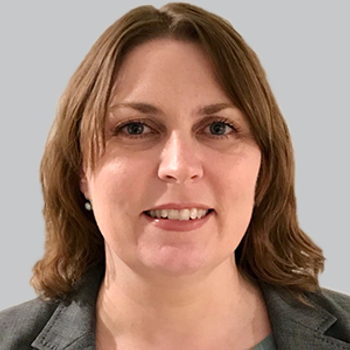
The decision was based on findings from the phase 3 confirmatory Clarity AD study, in which treatment with the agent resulted in significant reductions in amyloid-ß in the brain.

Patients on Hyqvia experienced longer time to relapse compared with those on placebo, with Kaplan-Meier estimate curves separating early, at approximately week 4.
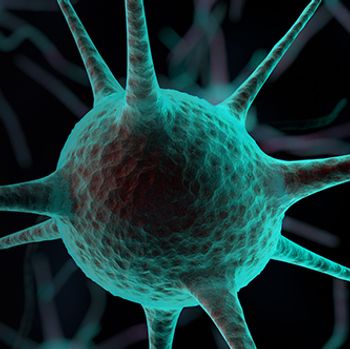
METEOROID is the first study to evaluate the efficacy and safety of satralizumab, an FDA-approved therapy for NMOSD, in patients with MOGAD.
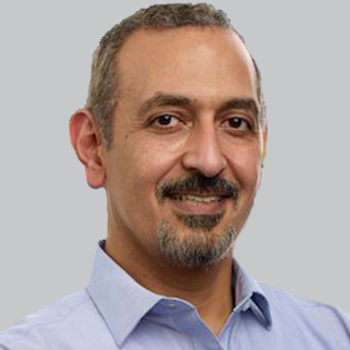
At 1 year, treatment with the investigational cell therapy was well tolerated with no major safety issues and showed evidence of cell survival and engraftment.

The professor of anesthesiology at Washington University in St. Louis discussed the importance of effectively communicating and reciprocating with underserved communities that are of research interest.

Among sleeping pill nonusers, when compared with patients who got a medium amount of sleep, extremely short or long sleepers had approximately 30% higher risk of all-cause mortality and 3-5 years shorter life expectancy at age 30-50 years.

Reasons behind the CRL were not related to efficacy and do not impact Amneal’s 2023 financial guidance, which did not include IPX203 revenues.

Through a quantitative electroencephalogram, investigators observed brainwave changes in several regions of the brain following treatment with CT1812.

Mind Moments®, a podcast from NeurologyLive®, brings you exclusive interviews with Amit Bar-Or, MD; Gavin Giovannoni, MBBCh, PhD; Dayna Johnson, PhD, MPH, MSW, MS; John Winkelman, MD, PhD; Laxman Bahroo, DO; Ling Wan-Albert, OTD, OTR/L; Sara Pavitt, MD; and Ali Ezzati, MD. [LISTEN TIME: 28 minutes]

The professor of anesthesiology at Washington University in St. Louis provided insight on his presentation at AHS 2023 discussing the need to engage underserved populations.

With the approval, Roche has 3 FDA-cleared tests that are reflective of the main Alzheimer disease pathologies and help clinicians more completely define the disease biologically.

Marisa Whalen, PharmD, associate director of Medical Affairs at Jazz Pharmaceuticals, discussed presentations at SLEEP 2023 on the real-world burdens of idiopathic hypersomnia and the smooth transition to low sodium oxybate in patients with narcolepsy.

In a phase 3 study, rozanolixizumab demonstrated statistically significant differences vs placebo on primary and secondary outcomes over a 43-day treatment period.

At 6 months, a larger proportion of patients on standard of care experienced unfavorable outcomes, as demonstrated by modified Rankin Scale scores greater than 3, in comparison with lumbar drainage.

In addition to increased relapse rates, use of fingolimod was associated with a 49% higher risk for disability accumulation in comparison with ocrelizumab.